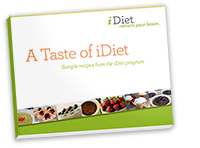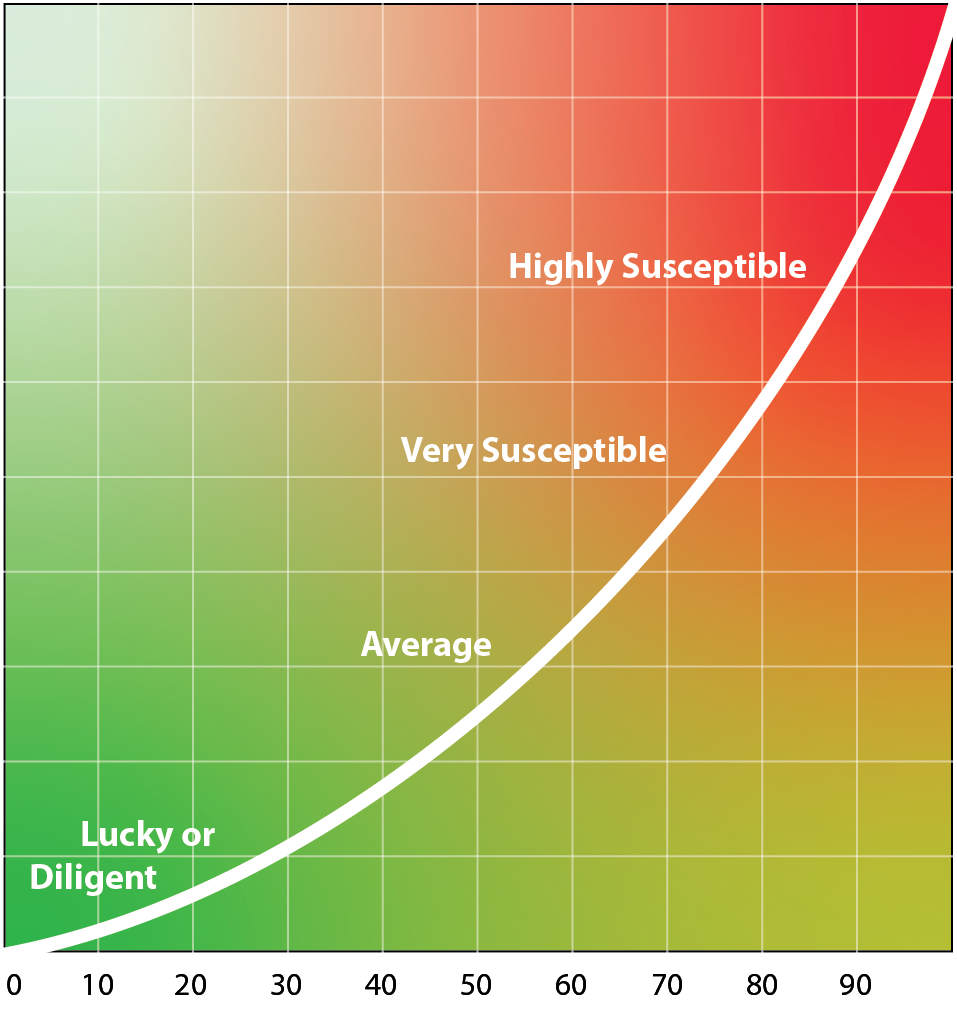Our best weight loss advice, Part 1

Dr. Roberts was recently interviewed for a private online summit. We can’t share the recording, but we can share her best advice and insights! Dr. Roberts was generous with many of her most valuable insights, and we are thrilled to pass them along to you.
Dr. Roberts’ insights on the science of healthy weight
We have Paleolithic genes designed to survive starvation conditions, but we are living in a modern world full of super-available high-calorie-density food that’s always within arm’s reach. Our genes were not designed for our current environment — and it’s getting worse.
Confidence Matters. Much of the freely available nutritional advice until now has been confusing at best, and unhelpful at worst. It can sabotage your best efforts. And if you’ve failed at weight loss a few times — through no fault of your own, due to a toxic food environment and bad advice — it can create a false belief that “I’m no good at weight loss”, which becomes a self-fulfilling prophecy. But it’s not your fault.
Eating out. A single restaurant meal typically has more calories than you need for a full day of energy. So eating out once a day, plus having two home-made meals — even if very healthy meals — will cause weight gain. Large restaurant portions normalize overeating and make indulgence seem routine and almost expected. It’s very hard to compensate for overeating with under-eating for several meals or days to get back into balance, so weight gain is typical.
Half or less: Would you be interesting in having half-portions or quarter-portions of regular restaurant meals? Dr. Roberts would love to see this as national public policy.
50% of all meals are eaten outside of the home. There is even a label for this used in medical research: Food Away From Home (FAFH). Here’s a link to a USDA publication layout out the problems and challenges.
Randomized control trials are the gold standard of scientific research, and you should only trust studies published in peer-reviewed journals.
iDiet is the only weight loss program with randomized control trials showing exceptional results of 6x the average weight loss of other programs — and these RCT studies are published in the best peer-reviewed scientific journals. See our Science section for some references.
There are 4 key ways you can control meal-to-meal hunger:
- High fiber foods
- Moderately high protein meals
- Low GI carbs
- High-volume foods (relative to calories)
This allows for maximum flexibility, but also some complexity. It can confuse the new dieter. This is why many other program only focus on one “trick”, like cutting out sugar, for example. Cutting out sugar is great, but it’s not enough — especially in our sugar-rich environment. So iDiet doesn’t ask you to make up your own menu plans. Instead we offer completely balanced meal templates that you can follow easily, with no need for tracking calories or checking indexes or tables. Over time, we teach you how our meal templates (called EasyPlans) work, so you can start creating your own meals. We believe any program that makes you count everything going into your mouth will eventually fail. It’s unnecessary, onerous and depletes willpower over time. We want to help you learn a blueprint that works for you.
Hunger is personal. Everyone experiences hunger differently in their body. Weakness, stomach sensations, Shaking, irritability, headaches, confusion. All these sensations are unique to the individual. One thing to remember is that hunger in modern times is never life-threatening. It can make you feel like it’s an emergency, but it really isn’t. Take some time to consider how strong the hunger you feel is, whether it’s really an emergency, and what the healthiest thing is you can use to solve your hunger with. Not the fastest, easiest thing, but the best thing to reach your goals.
Hunger hormones. The process of gaining weight changes your body, and impacts your hunger signaling hormones. This makes hunger more intense, and food satisfaction less enjoyable. But everything gets better as you lose weight.
Remember this acronym: FLABSS (Frustrated, Lonely, Angry, Bored, Stressed, Sleepy). There are many reasons for eating when distressed, and they typically fall into these 6 categories. We teach how to be aware of what’s going on, but we also give you self-limiting foods to stress-eat that will fill you up and help you engage in less emotional eating over time. For example, mixing high-fiber ingredients into your normal foods slows digestion, keeps you full, and prevents a rapid rise of blood sugar that keeps cravings alive.
Liquid calories are not satisfying. Things like juice should not be on the menu. They digest too quickly, and they do not provide satiety. Eating an apple causes less eating at the subsequent meal, but drinking the same calories as apple juice does not reduce eating at the next meal.
Temptation adds up. Fighting temptation now can cause you to fail at resisting temptation later — and to think you are helpless and weak, when in fact you were strong most of the day. So avoid temptation wherever possible. Set up your environment for success by removing as many temptations as possible.
Stay tuned for Part 2 of our best weight loss advice.
Register Today
Choose the program that’s right for you.

 Yes! I want to receive a 38-page cookbook, and be informed of upcoming classes. No obligation, instant download.
Yes! I want to receive a 38-page cookbook, and be informed of upcoming classes. No obligation, instant download. 